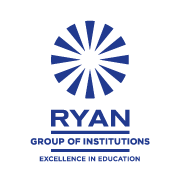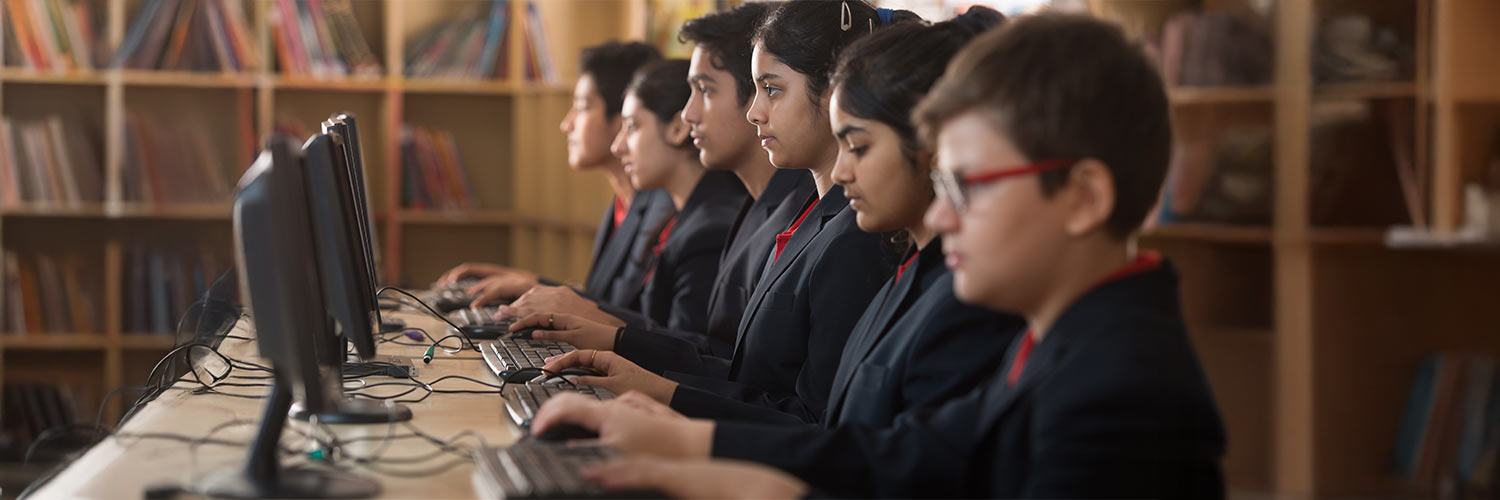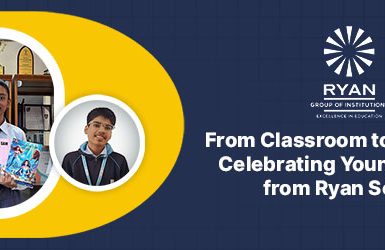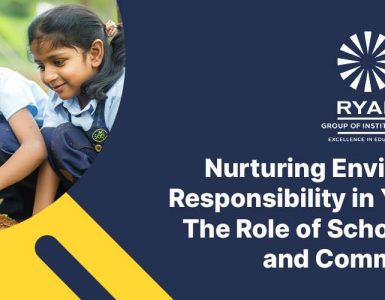Social media has become an inseparable part of young people’s lives. According to a Gallup survey, an average U.S. teenager spends about 4.8 hours per day on social media apps such as YouTube, TikTok, Instagram, Facebook and X (formerly Twitter). That’s almost one-third of their waking hours outside school. While social platforms do offer opportunities to connect with peers and learn, it is also true that they are highly distracting. This blog explores how the rampant social media usage affects students’ ability to learn and stay focused.
A Double-Edged Sword
Social media isn’t inherently bad. In fact, it can be a powerful learning tool when used purposefully. Educational influencers, science explainer channels, and history podcasts shared on Instagram can spark curiosity. During the COVID-19 lockdowns, students relied heavily on digital platforms to access learning, stay in touch with peers, and even express their emotions creatively.
But like any tool, it’s the usage that determines the outcome. A hammer can help build a house or break a window.
When students are constantly pinged by updates and driven by the dopamine hits of likes and shares, it trains their brains for short bursts of attention, not sustained focus. That shift can have long-term consequences.
The Decline of Deep Work
Educational psychologist Dr. Larry Rosen notes that the human attention span has been shrinking steadily, especially among adolescents. Students today are increasingly prone to task-switching; starting homework, then switching to WhatsApp, then hopping to Instagram, all within a few minutes.
But the human brain isn’t built for multitasking. It takes time to refocus every time we switch tasks. Imagine reading a book and someone tapping your shoulder every minute. That’s essentially what constant notifications do.
Over time, this leads to:
- Shallow processing of information
- Reduced memory retention
- Increased stress and cognitive fatigue
Even in classrooms, the mere presence of a phone has been shown to reduce the attention level of not just the user, but nearby students as well.
Social Media and Academic Performance
Several studies show a negative correlation between excessive social media use and academic performance. A survey conducted by the National Institutes of Health revealed that students who spent more than 3 hours per day on social media were twice as likely to report having issues with completing homework and paying attention in class.
It’s not just about distraction. The comparison culture prevalent on platforms like Instagram and Snapchat can affect students’ mental health, leading to low self-esteem and anxiety stemming from the fear of missing out, which in turn impacts classroom engagement and motivation to learn.
What Can Parents and Schools Do?
Banning phones or social media outright isn’t a practical solution. It’s like trying to stop water from flowing by building a wall; it’ll find a way around. Instead, we need smarter strategies. The goal should be to build digital literacy and help students use these platforms wisely.
Here are a few practical ideas:
- Set Digital Boundaries
Encourage students to have “focus time” when devices are kept away. Tools like app timers or focus modes can help, but the habit starts with awareness. Families can adopt “tech-free” zones, like during dinner or the first hour after school.
- Model the Behavior
Children mirror adult behavior. If parents or teachers are constantly on their phones, children get mixed signals. Modeling mindful digital use can be far more effective than lectures.
- Use Social Media for Learning
Schools can explore using closed social platforms or apps like Edmodo or Google Classroom to share educational content in formats students already enjoy. Assignments that involve creating short educational videos or digital posters can harness creativity while keeping learning in the frame.
- Talk About Algorithms
Most students don’t realize how social media platforms are designed to keep them scrolling. When they understand how algorithms work – and that they are the product being sold – it becomes easier for them to take control of their usage.
Reclaiming Focus in a Scrolling World
In today’s digital-first world, attention is currency. Whoever commands our attention, commands our time; and for students, time is a precious resource. Social media isn’t going anywhere, but its influence doesn’t have to be negative.
By teaching students how to balance digital life with real-world learning, parents and educators can equip them not just to survive the digital age, but to thrive in it. After all, true education isn’t just about textbooks; it’s about learning how to navigate the world thoughtfully, both offline and on screen.




